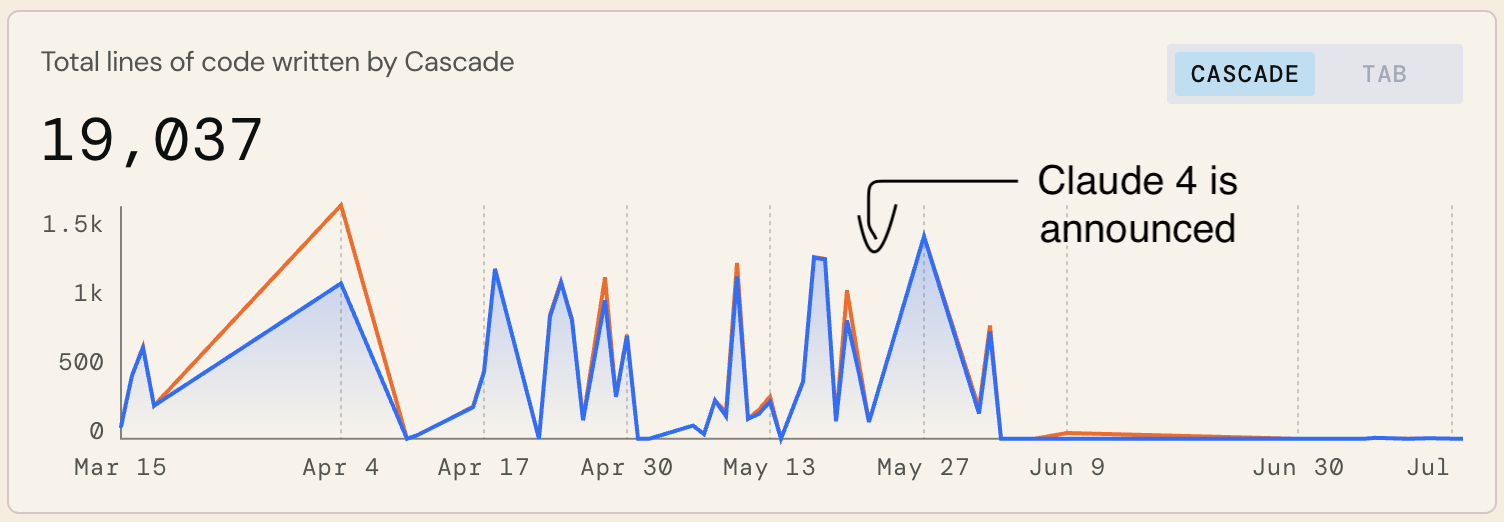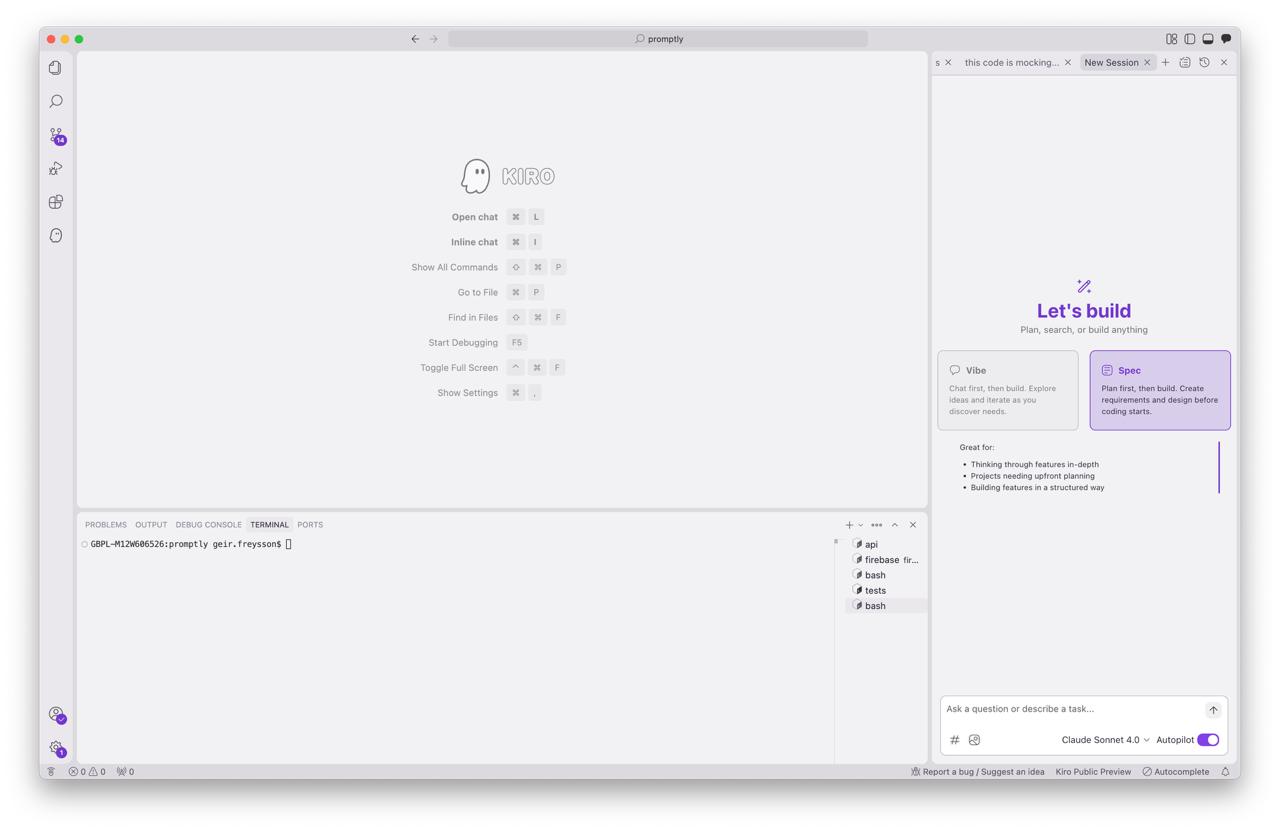Testing the New Wave of AI Coding Editors
The first AI agentic editor I fell in love with was Windsurf. Back in March, I typed in the long string of numbers from my credit card and took the plunge.
In April, I went all in. My productivity shot up. It wasn’t perfect - sometimes it hit problems it couldn’t solve - but overall it was a blast.
But lately, that first robot love is fading.

Enter Claude Code
Then I started hearing the buzz around Claude 4 - specifically, Claude Code.
If you’re vibe coding, drop Windsurf, Cursor, VS Code, or whatever else you’re using and try Claude Code immediately. It’s a level above the rest.
Sure, it’s an arms race - another provider could overtake them any day - but right now Claude Code is in a class of its own. And even if you’re not using it, you should read Best Practices for Agentic Coding from Anthropic. It’s an eye‑opener, especially the tips on creating Markdown files with guidelines for how the agent should work. See Herper Reed’s excellent My LLM codegen workflow atm for more on planning with Markdown files.
Amazon’s new editor Kiro
Just as I was learning how powerful planning with Markdown files can be for vibe coding, Amazon launches Kiro.
It uses Claude as a default model and its “spec mode” helps you to work according to Anthropic’s best practices.
It’s a clever idea - so much so that Amazon had to impose a waiting list for the new editor.

Sticking with Claude Code
After trying Kiro for a few days, I realised something: Claude Code itself is simply a better agent. Even with meticulous specs, Kiro couldn’t match it.
I haven’t cancelled my Windsurf subscription yet - it’s a handy backup when I hit my Claude quota. But for my day‑to‑day vibe coding, I’m sticking with any editor that integrates smoothly with Claude Code. It’s my go‑to.